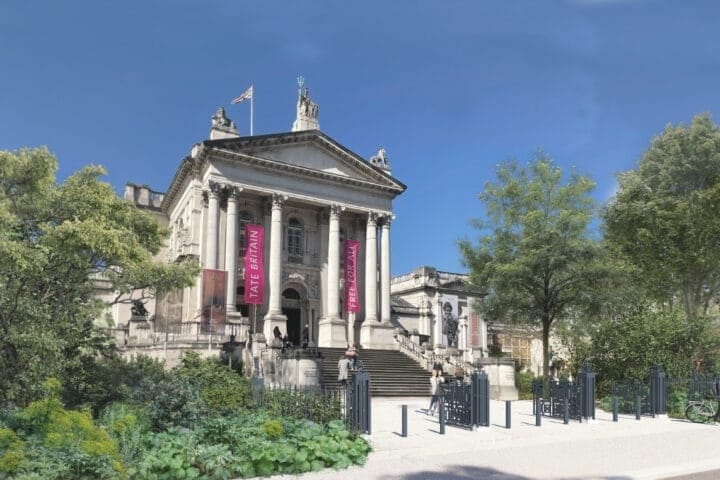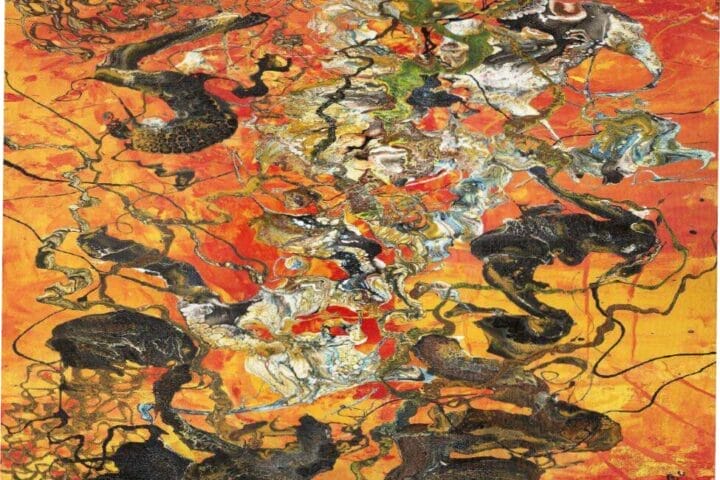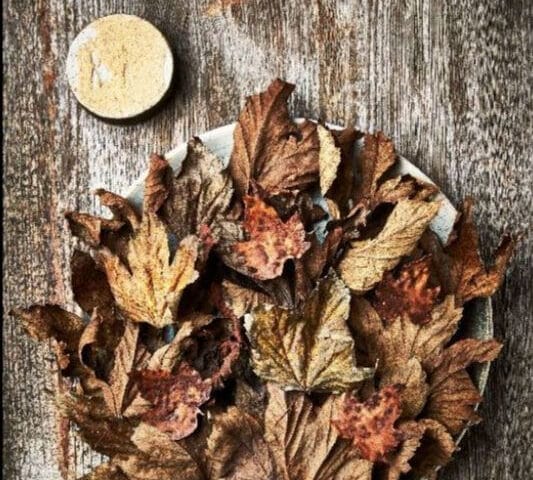A focused series of curated solo exhibitions presented on the fortieth anniversary of the ongoing HIV/AIDS crisis.
519, 525, & 533 West 19th Street, New York. 34 East 69th Street, New York
Marking the fortieth anniversary of the CDC’s report, acknowledged as the beginning of the HIV/AIDS crisis, More Life is a series of exhibitions that will highlight a selection of artists whose lives were cut short by HIV/AIDS-related complications during approximately the first twenty years of the epidemic.
This series explores the affective, aesthetic, personal, and political responses to the crisis through the lens of the gay male perspective—from artists who were part of communities that were disproportionately affected by the virus, although certainly not the only demographic to experience its devastation.
To accompany this group of exhibitions, the gallery will present a series of conversations and videos with Gregg Bordowitz, Avram Finkelstein, Ted Kerr, Sarah Schulman, Pamela Sneed, Tilda Swinton, and Wolfgang Tillmans, among others.
More Life is organized by David Zwirner Senior Director Robert Goff, Director Thor Shannon, and Associate Director Alec Smyth.
Curated by Ryan McGinley
34 East 69th Street, New York
David Zwirner is pleased to present Mark Morrisroe, curated by artist Ryan McGinley, at the gallery’s East 69th Street location in New York.
Known as Mark Dirt in his Boston punk days, the photographer and filmmaker Mark Morrisroe (1959–1989) was, in the words of his former boyfriend Jack Pierson, “magnetic and scary, … the most extreme person I had ever encountered.”1 Within his short life, Morrisroe produced a body of work that examined queer kinship, the performance of gender, and the intimacy of risk while experimenting formally with his chosen Polaroid medium. After capturing thousands of images as well as appropriating stills from his Super 8 films, Morrisroe further manipulated his photographs through a number of unconventional techniques, producing distinctive, dreamlike prints. In landscapes and portraiture, he documented his circle of friends, lovers, and himself. Many of Morrisroe’s subjects, including the likes of David Armstrong, Philip-Lorca diCorcia, Nan Goldin, Pat Hearn, and Pierson, attended Boston’s School of the Museum of Fine Arts or the Massachusetts College of Art; this group would become known as the Boston School. This selection of photographic work lushly re-creates the social context of a band of iconoclastic artists at the cusp of the HIV/AIDS epidemic and remembers a figure who lived and documented life at the periphery.
525 West 19th Street, New York
David Zwirner is pleased to present an exhibition centered on the now iconic Silence=Death poster as well as other agitprop created by artist-activist collectives in the late 1980s in response to the HIV/AIDS crisis. Three original posters—some of the most influential images of political art in United States history—will be contextualized with a range of ephemera that charts the birth of AIDS activism, drawn largely from the collection of Avram Finkelstein, a founding member of Silence=Death and the subsequent collective Gran Fury.
Formed in 1986 as a consciousness-raising group, the Silence=Death collective was inspired to create a poster to be wheat-pasted around New York City as a political statement. Forgoing photographic documentation of the unfolding crisis in favor of a simple design that featured a pink triangle floating on a black background with the words “Silence=Death” emblazoned below, this image became a powerful symbol of solidarity, pride, and political dissent.
The exhibition will also include photographs by t.l. litt, Donna Binder, and Lola Flash, who were pivotal in capturing images of the movement, as well as a neon sign of the Silence=Death motif, which hung in the window of the New Museum, then located at 583 Broadway, as part of curator William Olander’s landmark 1987 exhibition Let the Record Show….
A limited-edition Silence=Death print will be available on Platform, with proceeds benefiting Visual AIDS.
525 & 533 West 19th Street, New York
David Zwirner is pleased to present the iconic film Blue (1993) and a selection of late paintings by the interdisciplinary British artist Derek Jarman (1942–1994) at the gallery’s West 19th Street location in New York. Jarman’s richly layered and symbolically dense work—encompassing painting and writing, stage and costume design, filmmaking and gardening—drew upon philosophy and literature, in addition to his own autobiography, to critically interrogate the world around him.
Blue and the paintings on view evidence Jarman’s iconoclastic response to his HIV diagnosis in 1986, his confrontation with his own mortality, and the broader sociopolitical climate of the HIV/AIDS crisis. The monochromatic film Blue repudiates images because, according to Jarman, they “hinder the imagination and beg a narrative and suffocate with arbitrary charm, the admirable austerity of the void.”2 Instead, the viewer confronts an unmodified screen of Yves Klein’s ultramarine “International Klein Blue” that forces one to internalize the soundtrack of music and sounds produced by Simon Turner and the disembodied voices of Tilda Swinton, Nigel Terry, John Quentin, and Jarman himself, who read a haunting combination of the artist’s own poetry and autobiographical narratives from his hospital diaries. Made after an AIDS-related infection rendered him temporarily blind and following a condition whereby flashes of blue light interrupted his vision, Blue not only recounts Jarman’s corporeal experiences with the virus, but also demands that viewers viscerally internalize and embody the highly personal and melancholic poetry, descriptions, sounds, and music by denying them images upon which to project and escape.
Similarly, the paintings on view reject pictorial representation. Words and abstract colors, rather than overt imagery, convey Jarman’s personal and physical experience with AIDS. Hovering between abstraction and language, he subverts the means through which the media and the government address and represent people living with AIDS and the virus. These works linger in the experience of a body failing, and a body being failed by larger systemic bias, inaction, and homophobia.
519 West 19th Street, New York
David Zwirner is pleased to present Tongues Untied, the seminal 1989 film by documentarian, poet, activist, and educator Marlon Riggs (1957–1994), at the gallery’s 519 West 19th Street location in New York. The award-winning videomaker dedicated his life and career to interrogating the politics of representation and interlocking systems of oppression in American culture and politics.
His second major documentary, Tongues Untied was, in Riggs’s words, “motivated by a singular imperative: to shatter this nation’s brutalizing silence on matters of sexual and racial difference.” In so doing, he reinvents, or even abandons, the documentary genre by eschewing distinctions between the objective and the subjective, fact and fiction, the singular and the collective. Its visual and auditory fragmentation, tonal shifts, and an ensemble of dancers and poets—including Riggs and his collaborators, among them poet Essex Hemphill and writer, actor, and director Brian Freeman—inform its rhythmic poetic structure. The film’s collage-style arrangement not only deconstructs representations of Black men and gay men, but also constructs new ones, giving voice and visibility to the rich plurality of the lives and experiences of Black gay men.
Despite the work’s enthusiastic reception at international film festivals, Tongues Untied became embroiled in intense public debates on censorship and federal funding in the arts that dominated public discourse in the late 1980s and early 1990s following its broadcast on the PBS P.O.V. series in 1991.
September Exhibitions
More Life will continue in New York this September and with Jesse Murry, cocurated by Lisa Yuskavage and Jarrett Earnest; Ching Ho Cheng, curated by Simon Wu; and Frank Moore, curated by Hilton Als. David Zwirner’s London gallery will present an exhibition of works by Hugh Steers, curated by the actor, writer, and Talk Art podcast cohost Russell Tovey.









